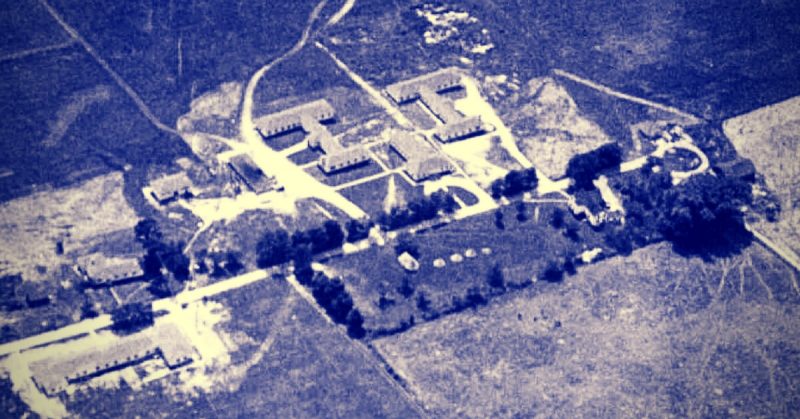On the shores of Lake Ontario between Whitby and Oshawa is an area now known as Intrepid Park. Very little of what remains today hints at its intriguing history – but during the Second World War, this was the site of Camp X, the Allies’ secret intelligence and espionage training facility. Although it was officially called Secret Training Centre 103, it is better known by its nickname which reflects the highly confidential nature of its activities
The camp was established by a joint effort between the British and Canadian Governments and opened on 6th December 1941, just before America entered the war. Although technically the US was still politically neutral at that point, the camp was intended to foster support between the US and Great Britain.
However, following the bombing of Pearl Harbor the day after the Camp officially opened, America was no longer neutral and became directly involved both in the war and in the training of personnel at Camp X.
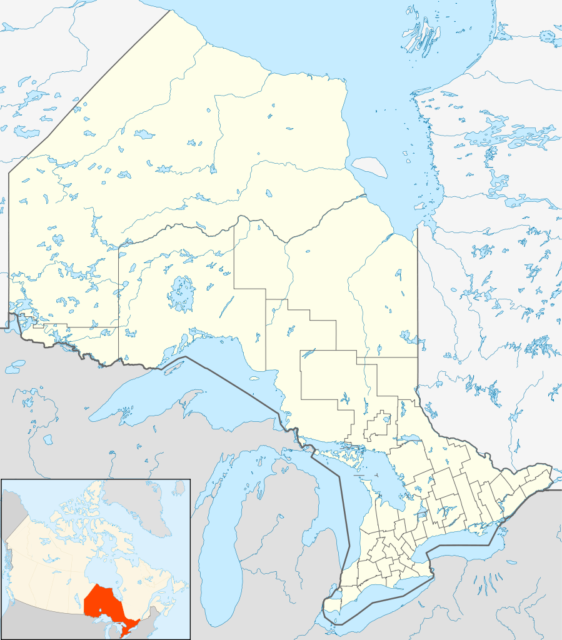
Inside the Camp
Over 500 Allied personnel were trained at the camp. Most were being prepared for special missions behind enemy lines. The skills they learned included silent killing and unarmed combat, sabotage, and how to recognize potential supporters of resistance movements who could help them in their mission. They were also trained in methods of finding suitable new recruits.
Because of the highly sensitive nature of the training facility recruitment had to be done through direct contacts or through known and trusted channels. Other skills taught at the camp included demolition, map reading, and Morse Code. The training covered both the physical and psychological aspects of their work.
New recruits initially completed ten weeks of training in all aspects of intelligence and espionage. After this, some would go on to further, more specialist training while others were ready for their first mission.
The Recruits
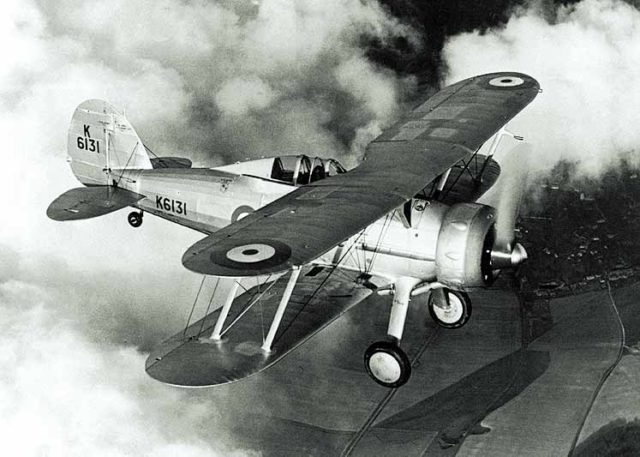
Initially, recruits came mostly from Canada and included many different nationalities. Canada had a large population of European immigrants who provided a useful range of language skills. Later these were joined by recruits from South and Central America and the US. A number of British spies trained there. Well-known figures who passed through Camp X include the writer Roald Dahl, who was also an Ace pilot during WW2.
The screenwriter Paul Dehn was another recruit. Dehn wrote the screenplay for a number of spy films including Goldfinger and The Spy who came in from the Cold. Dehn held the rank of Major and the role of Political Warfare Officer. It has also been speculated that Ian Fleming, creator of the James Bond character attended Camp X. Although Fleming worked for the British Naval Intelligence during the war, his connection with the camp has been disputed.
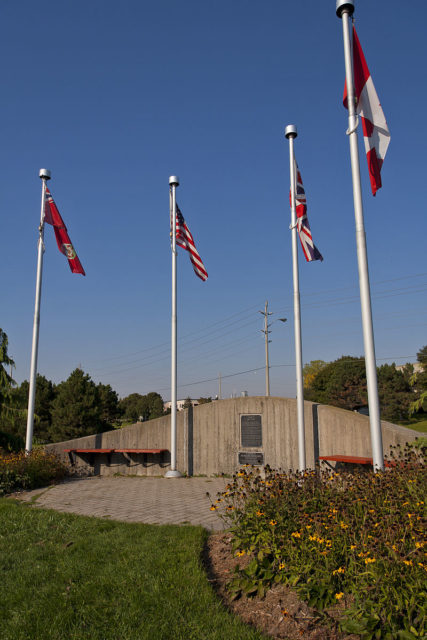
The Hydra
One of the most important parts of the camp was the so-called “Hydra.” Named after the many-headed serpent of Greek Mythology, the Hydra was a sophisticated communication center ideally placed for gathering intelligence and passing on important information. The location of the Hydra was suited to its purpose because it received strong, clear radio signals.
The building itself looked rather mysterious. It was a simple four-sided structure and was completely open on the inside. All the windows were placed seven feet above ground level because of the secret nature of what went on inside. The only entrance was through the two large front doors which had been designed to allow large equipment to be brought in and out.
The brains behind the Hydra as a Canadian electrical engineer named Benjamin de Forest Bayly. It was rather experimental and unlike previous intelligence gathering operations because of its size and sophistication. Yet none of the equipment had been purpose built. It was made up of an assortment of transmitters “borrowed” from different organizations and locations.
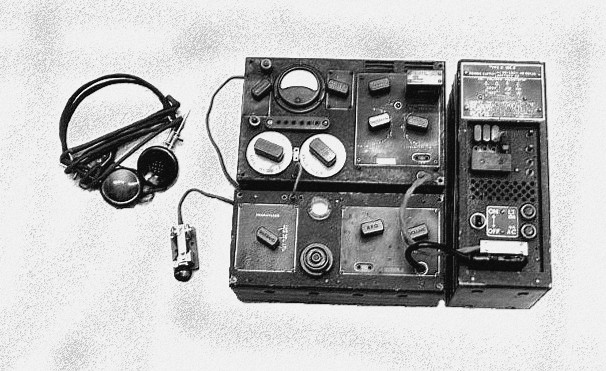
Here recruits were trained in code breaking, and those who were most successful stayed on to work within the Hydra rather than being sent out on missions. Both men and woman played an important role in this aspect of the camp’s work. The Hydra regularly conveyed information to its British counterpart the Aspidistra, a huge radio transmitter located in a secret bunker in Sussex, England.
Among the intelligence received were messages from German submarines. Many of these messages had been intercepted by agents working in South America who had previously trained at Camp X. The intercepted messages would be re-coded by the spies who had picked them up and then sent on to the codebreakers at Camp X for further de-coding. Coded messages were also sent from England’s code-breaking center at Bletchley Park to be worked on by the newly trained experts at the Hydra.
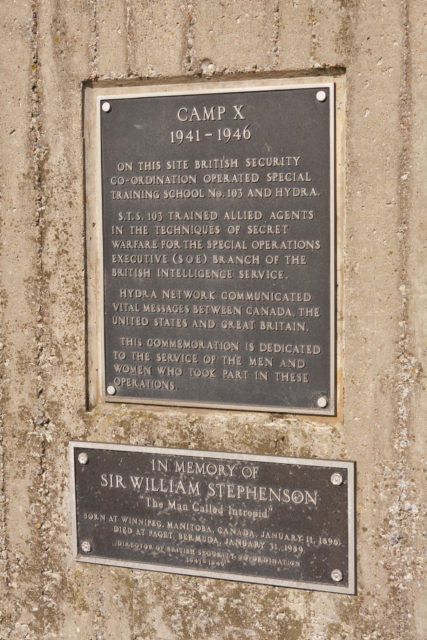
The Postwar Years
After the war, the Hydra was the only part of the camp that remained in use.
It was renamed the Oshawa Wireless Station and was now an interception station for the Royal Canadian Signal Corps. During this time the station was used mainly for listening rather than transmitting. It played a key role in Canada’s post-war intelligence sharing community which became known as the “Five Eyes.”
This was a cooperative venture between Canada, Britain, the United States, Australia and New Zealand. This activity continued into the Cold War era, with the Hydra finally ceasing operations in 1969. However, the camp no longer provided any training in practical espionage skills as it had during the war.
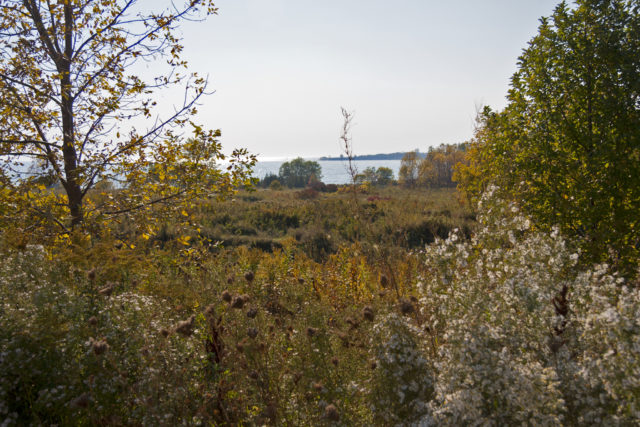
Few written records have survived as many of these sensitive documents were destroyed at the end of the war in the interest of security. Others have been withheld under the official secrets act. Once the facility was decommissioned in 1969, the buildings were demolished into Lake Ontario.
Little physical evidence remains of what took place on the site except for a number of craters which serve as a reminder of the explosives training that took place. There is also a monument erected on the site – today known as Intrepid Park – to honor the men and women who trained and worked there and to commemorate the important contribution they made to the war effort.
